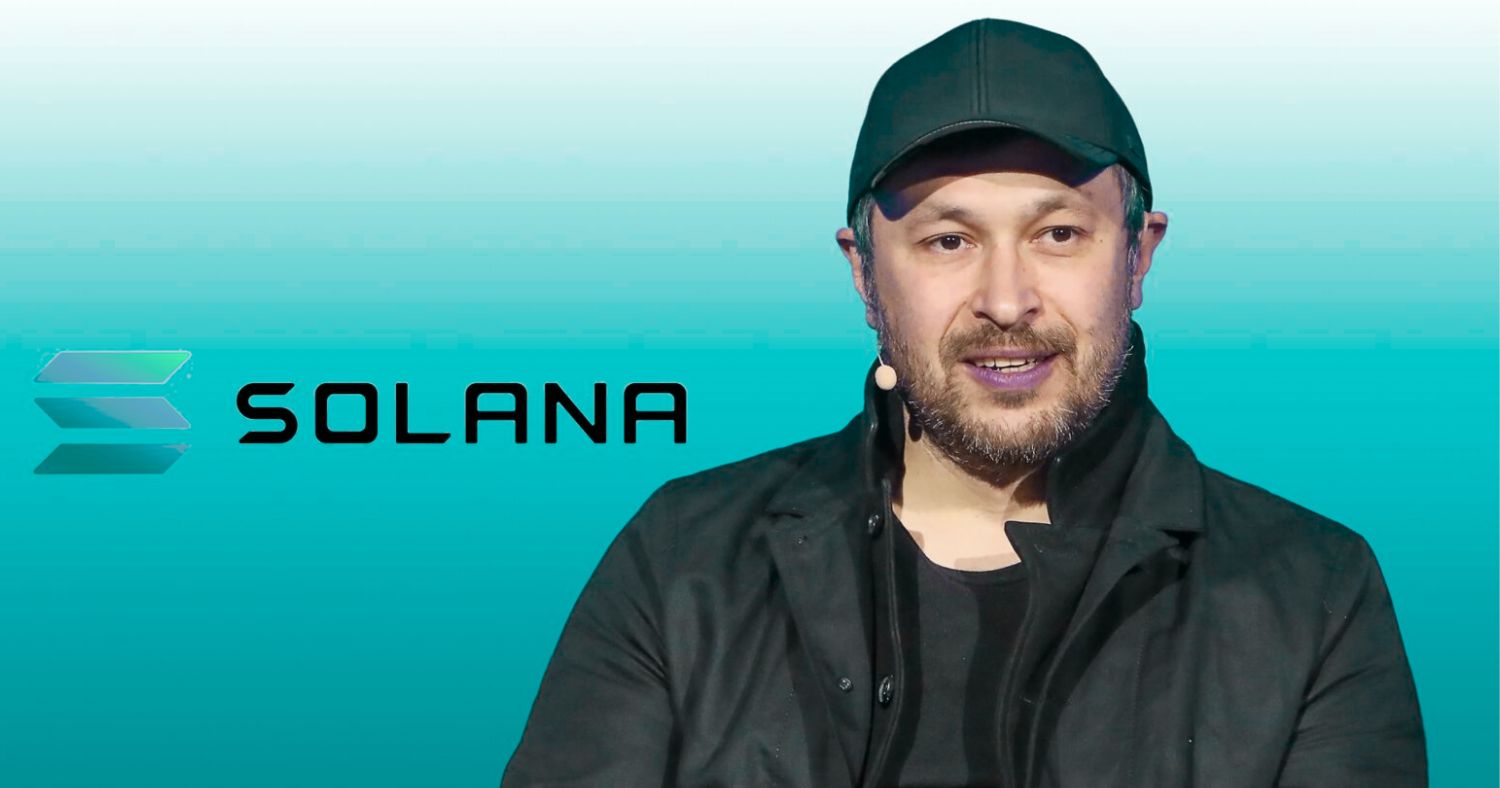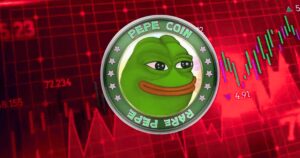Anatoly Yakovenko, the esteemed co-founder of the high-performance Layer-1 blockchain Solana, recently ignited a lively debate across crypto social media platforms. His controversial declaration labeled meme coins and non-fungible tokens (NFTs) as “digital slop”—assets he believes hold no intrinsic value. This candid assessment, however, presents a striking paradox given Solana’s significant and ongoing financial surge, which is directly fueled by the very assets Yakovenko criticizes.
I’ve said this for years. Memecoins and NFTs are digital slop and have no intrinsic value. Like a mobile game loot box. People spend $150b a year on mobile gaming.
— toly 🇺🇸 (@aeyakovenko) July 27, 2025
The discussion gained momentum during an online exchange with Jesse Pollak, the creator of Coinbase’s Layer-2 blockchain, Base. Yakovenko drew a parallel between these digital assets and “loot boxes” found in free-to-play games, viewing them primarily as mechanisms for viral attention cycles. In his perspective, buyers engage hoping to “sell after it’s gone viral and before the virality dies down.” Pollak, conversely, championed the underlying value of content and creators, particularly on platforms like Zora. He asserted that “content is incredibly valuable” and that tokens represent “the most powerful technology” to enable the transfer of value to creators, emphasizing that “not all coins are the same, fundamentals matter.”
i think you're wrong. content is valuable. creators are valuable. that's why there are trillions of dollars of business value created around them (with them capturing basically none of it).
— jesse.base.eth (@jessepollak) July 26, 2025
coins are the most powerful technology we have as an industry for enabling the free flow…
Despite the Solana co-founder’s reservations, the network’s ecosystem is undeniably thriving on the back of the burgeoning meme coin market. A notable example is Pump.fun, a Solana-based launchpad specifically designed for meme coins. Since its launch in 2024, Pump.fun has been instrumental in the debut of nearly 12 million tokens and has generated an impressive revenue exceeding $776 millones, according to data from Dune Analytics. This extraordinary volume of activity highlights the substantial economic engine that meme coins have become for the Solana blockchain.
The platform’s reliance on these often-speculative digital assets raises pertinent questions about long-term sustainability within the broader crypto landscape. Arjun Vijay, founder of crypto exchange Giottus, acknowledged that meme coins can indeed drive short-term traffic and revenue. However, he cautioned that such trends “may not be sustainable” for enduring growth, arguing that genuine, long-term expansion is derived from attracting “long term capital in the form of TVL” (Total Value Locked) and fostering sustained user adoption. In contrast, Ray Youssef, CEO of crypto marketplace NoOnes, advised against Solana attempting to distance itself from meme coins. He warned that such a strategic shift risks “disconnecting from the source of the energy that brought its ecosystem back to life,” potentially relegating Solana to “a sterile database and ghost town of unrealized potential” if active user engagement diminishes.
This current scenario underscores a profound paradox for Solana: its visionary co-founder openly expresses skepticism regarding the fundamental utility of an asset class that is simultaneously driving substantial network activity and generating significant revenue. This dynamic illuminates an ongoing tension within the rapidly evolving crypto industry—balancing ideological purity and foundational innovation with the pragmatic adoption of speculative market trends for growth. Solana’s path forward may critically depend on its ability to navigate this complex equilibrium.






